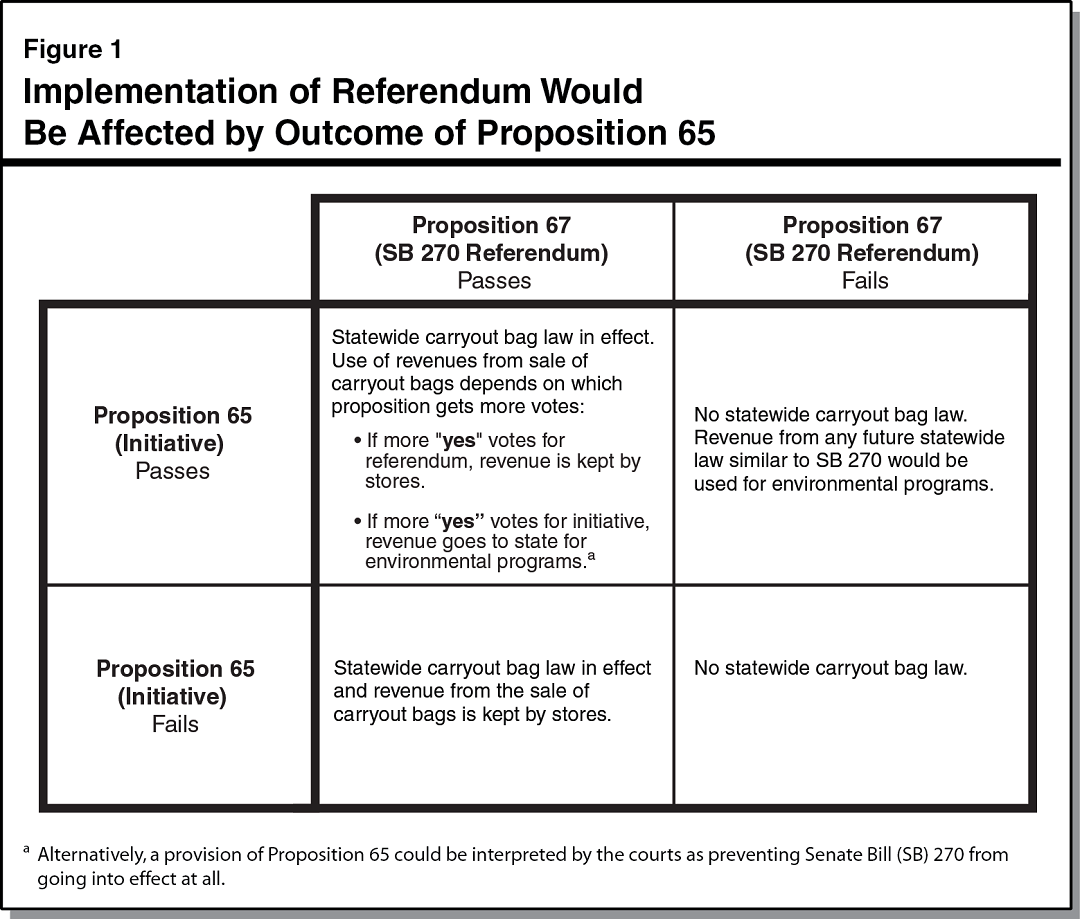Official Summary
To upgrade classrooms and career training facilities for science, healthcare, technology, advanced manufacturing, other growing local industries, provide job training/placement to Navy/ Marines/ other veterans, improve access to affordable higher education to local students, improve disabled access, repair, construct, acquire classrooms, facilities, sites/equipment, shall MiraCosta Community College District issue $455,000,000 in bonds, at legal rates, subject to local control, requiring annual audits, and independent citizen oversight?
Notes
- 55% approval needed to pass
- issue $455 Million in bonds
- **hadn't heard this before** annual property tax will be increased - estimated to be $15 per every $100,000 in assessed value
- The allocation of bond proceeds may be affected by the District’s receipt of State matching funds and the final costs of each project
- Projects **no allocation to any items, and basically all possible expenses except teacher/admin salaries are listed as options**:
- Add classrooms and laboratories for high-demand courses in nursing, biotechnology, biomanufacturing, and other skilled trades that serve the local economy.
- Improve student safety and campus security systems, including security lighting, and emergency communications systems, smoke detectors, fire alarms and sprinklers.
- Repair leaky roofs, worn out floors and restrooms, old rusty plumbing, and faulty electrical systems.
- Update campus facilities to improve access for students with disabilities.
- Update instructional technology in the classrooms for improved student learning in core subjects like math, science and technology.
- Upgrade science center and labs to allow for state-of-the-art courses in biology, chemistry and physical sciences.
- Expand and improve the Veterans’ Center, which provides job training, counseling, and support services to Navy, Marine, and other military veterans and their families.
- Update classrooms, labs, libraries and computer systems to keep pace with technology.
- Improve career training facilities for science, healthcare, technology and skilled trades to better prepare students and returning veterans for success in college and careers.
- (listed in small print) In addition to the listed projects stated above, authorized projects also include the acquisition of a variety of instructional, maintenance and operational equipment, including interim funding incurred to advance fund projects from payment of the costs of preparation of all facility planning, fiscal reporting, facility studies, assessment reviews, facility master plan preparation and updates, environmental studies (including environmental investigation, remediation and monitoring), design and construction documentation, and temporary housing of dislocated college activities caused by construction projects.
- (listed in small print!) In addition to the projects listed above, repair, renovation and construction projects may include, but not be limited to, some or all of the following: renovation of student and staff restrooms; replace aging electrical and plumbing systems; repair and replacement of heating, ventilation and air conditioning systems; acquire vehicles; upgrade of facilities for energy efficiencies, including photovoltaic/solar installations; repair and replacement of worn-out and leaky roofs, windows, walls doors and drinking fountains; replace or remove outdated buildings and classrooms and construction of new classrooms and support buildings; installation of wiring and electrical systems to safely accommodate computers, technology and other electrical devices and needs; upgrade facilities to meet earthquake safety standards, current environmental sustainability and State compliance standards; repair and replacement of fire alarms, emergency communications and security systems; upgrading, resurfacing, replacing or relocating of hard courts, fields, turf and irrigation systems; install sod or artificial turf on athletic fields; upgrade classrooms; build or upgrade facilities; construct, expand or reconfigure facilities to create lecture classrooms; construct parking lots, upgrade, resurfacing and reconditioning existing parking lots; improve vehicular access and traffic circulation; improve pathways, such as sidewalks, pedestrian bridge, traffic center; improve drop-off zones, bus stops; repair, upgrade and install interior and exterior lighting systems; replace water lines and valves, gas and sewer lines and other plumbing systems; construct, upgrade, acquire or expand multi-use classrooms and labs, fine arts and visual and performing arts facilities, learning resources center, physical education/aquatic facilities, gym, locker rooms, field lights, bleachers, press box, track replacement, support buildings, student service/campus center and instructional buildings, campus police building, resource center, libraries, automotive building, athletic fields, student services buildings; improve water conservation and energy efficiency; acquire land; replace or upgrade outdated security and safety systems; replace existing window systems with energy-efficient systems to reduce costs; improve insulation, weatherproofing and roofs to reduce costs; improve access for the disabled; install and repair fire safety equipment, including alarms, smoke detectors, sprinklers, emergency lighting, and fire safety doors; replace broken concrete walks, deteriorated asphalt; replace/upgrade existing signage, bells and clocks; demolition of unsafe facilities; install new security systems, such as security (surveillance) cameras, burglar alarms, handrails, outdoor lighting, fencing, gates and classroom door locks; create outdoor study and gathering spaces; interior and exterior painting, wall and floor covering replacement; improve drainage systems to prevent flooding; upgrade roadway and pedestrian paths for improved safety and access for emergency vehicles, site parking, utilities and grounds.
- The project list also includes the refinancing of outstanding lease obligations.
- The upgrading of technology infrastructure includes, but is not limited to, upgrading classroom technology, expanding wireless internet access, acquire portable interface devices, servers, switches, routers, modules, sound projection systems, information systems, printers, digital white boards, upgrade voice-over-IP, communication systems, audio/visual and telecommunications systems, call manager and network security/firewall, Internet connectivity, wireless systems, technology infrastructure, and other miscellaneous IT and instructional equipment, DATA storage, fiber/copper infrastructure, phones, identity access cards and the creation.
- The Project List includes the construction of buildings for general education classrooms, chemistry and biotechnology, allied health, arts/ media services, engineering, math, technology and applied sciences and physical education and kinesiology, and the renovation of facilities for student services, business and workforce development, biology and related sciences.
- Necessary site preparation/restoration may Oceanside Campus ur in connection with new construction, renovation or remodeling, or installation or removal of relocatable classrooms, including ingress and egress, removing, replacing, or installing irrigation, utility lines, trees and landscaping, relocating fire access roads, and acquiring any necessary easements, licenses, or rights of way to the property.
- Proceeds of the bonds may be used to pay or reimburse the District for the cost of District staff when performing work on or necessary and incidental to bond projects.



